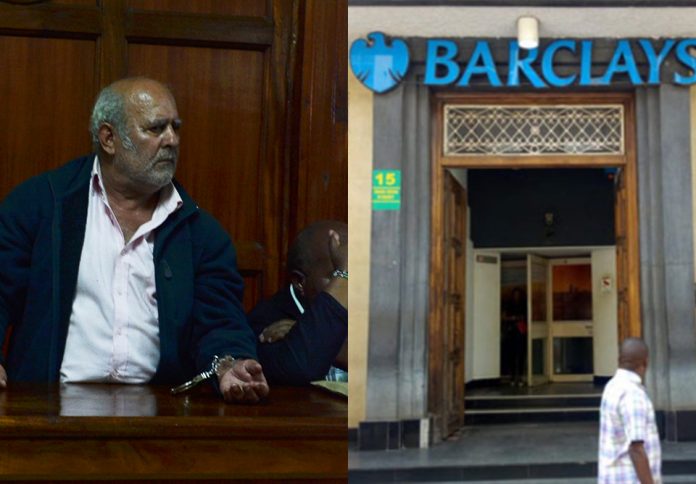The global AIDS response has made significant progress in reducing HIV infections and AIDS-related deaths. New HIV infections dropped by 16% from 1.9 million 2010 to 1.6 million in 2017. And the number of AIDS-related deaths decreased from 1.4 million to 940 000 in the same period.
But HIV/AIDS has not been brought under control and new infections continue to drive the epidemic. AIDS remains a leading cause of death in Africa.
Even if new infections are prevented, 36.9 million people with HIV around the world must take antiretroviral treatment to live a healthy life. While treatment is now as simple as taking a single pill a day, there are still many challenges to daily adherence, including ongoing stigma.
An ultimate solution would be a workable cure. At the recent Conference on Retroviruses and Opportunistic Infections researchers confirmed the second ever case of HIV remission or “cure”. Known as the “London patient”, the person went into remission after a stem cell transplant as part of his treatment for cancer. He emerged from the procedure free of both his life-threatening Lymphoma and need for anti-HIV therapy.
The “Berlin patient”, Timothy Brown, made global headlines in 2008 when scientists announced that he had been cured of HIV. It’s been 12 years since Brown was cured, after undergoing chemotherapy, total body irradiation and two stem cell transplants. Brown has been off treatment since the transplant and, after multiple tissue sampling procedures, has no remaining evidence of HIV reservoirs. The London patient is now the longest adult HIV remission after stem cell transplantation since the “Berlin patient”.
This development is a triumph for medical science as well as for the London patient. But, as exciting as it is, stem cell transplant is a gruelling and dangerous procedure and isn’t the magic bullet that will end HIV/AIDS. This is because it’s unfortunately not a scalable, feasible cure for the 39 million people currently living with HIV.
Stem cell transplants
The “London patient” was HIV positive, but it was his Hodgkin’s lymphoma that led to the need for a stem cell transplant.
The HI virus must link to a human host T cell in the blood or lymph nodes to replicate and infect the body. The virus attaches itself to a set of special links on the human T cell. If one of those links isn’t available due to genetic mutations, the virus may find it harder to get an infection foothold.
One such genetic mutation occurs in a link called the “CCR5 receptor”. Some people have this mutation naturally. The “London patient”, while on antiretroviral therapy and virally suppressed, had a bone marrow transplant as part of his lymphoma treatment. The bone marrow donor had the genetic mutation and passed it on to the “London patient” through the procedure, making it more difficult for HIV to replicate.
The “London patient” stopped taking antiretroviral therapy 16 months after the transplant. And 18 months later the virus remains undetectable. Usually, when a person with HIV stops treatment, the virus rebounds within the first month.
The achievement of remission in a second patient has provided further critical information to inform our understanding of how HIV infection occurs and the interaction between human cells and the virus.
As important as this work is, there’s no scalable cure yet and it’s also vital that researchers – and countries – keep putting effort into prevention. Important work continues to be done in this area.
Prevention
As HIV cure research goes on, so does research into HIV prevention tools, such as Pre-exposure prophylaxis (a daily pill that protects you from HIV infection) and the development of a preventative vaccine.
Two late stage vaccine trials are underway in sub-Saharan Africa. Results will be available in 2022. A preventative vaccine would also greatly enhance efforts to being the HIV epidemic under control.
A working cure, together with a preventative vaccine would be the ingredients for HIV eradication. Until then we need to get effective, accessible treatment for all who need it, while deploying the many prevention tools at our disposal.![]()
Linda-Gail Bekker, Professor of medicine and deputy director of the Desmond Tutu HIV Centre at the Institute of Infectious Disease and Molecular Medicine, University of Cape Town
This article is republished from The Conversation under a Creative Commons license. Read the original article.























